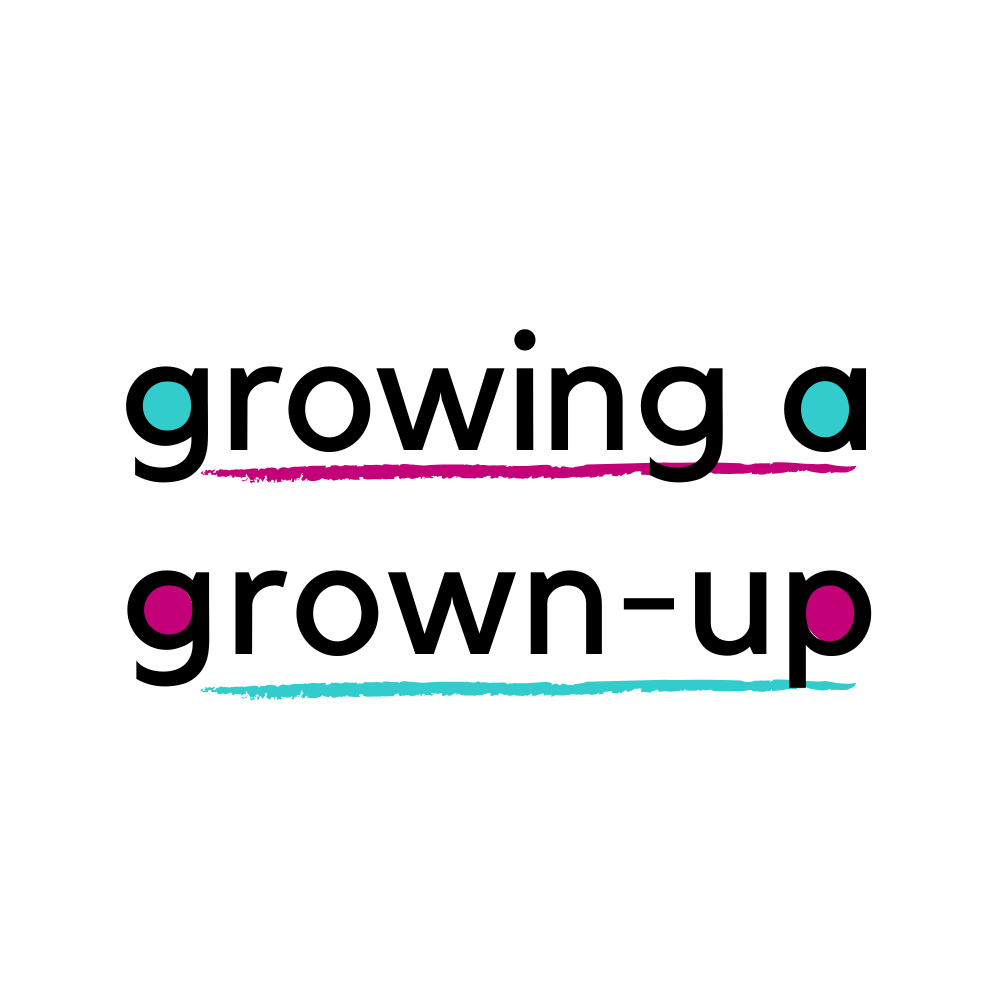Self-harm has sadly increased with the impact of the pandemic on young people’s mental health, so I was delighted to be joined by NHS and University of Bristol senior psychologist Dr Rachel Stirland to discuss what all parents need to know about this challenging topic.
Below I summarise some of the key take-home messages as well as listing some of the resources Rachel and I recommend to parents (or teachers) who want to know more or need support.
Overview
Rachel and I started by noting that although as a society we have become more open about discussing mental health in our children, it still feels as if self-harm is a taboo topic. This is despite the fact many more of us must be dealing with it, or worried about it happening, as GPs saw a 68% increase in self-harm in teenage girls between 2011 and 2014. So even before the pandemic self-harm (cutting, injury, self-poisoning/ overdoses) was rising as a coping strategy for emotional pain. The pandemic has only added to this.
We agreed that parents should be alert to it happening even if their child has never previously indicated they were aware of it, as young people are most influenced by their peers. So although self-harm is not ‘contagious’ as such if they see their peers use it, they may feel it is a strategy worth trying, to release their own distress and emotional pain.
Self-harm can therefore spread in friendship groups.
Parents post pandemic need to know about self-harm and how to reduce the risk of it becoming a coping strategy where possible and know what to say or do if it does happen, to reduce the risks of it escalating.
Key messages were;
· Self-harm often occurs alongside other issues such as anxiety, depression, eating disorders and neurodevelopmental disorders (autism for example). Being alert to its possibility may allow you to reduce the likelihood of it happening.
· Parents can watch out for changes in behaviour that might indicate self-harm has occurred, such as finding unexpected empty medication packets, your child wearing long sleeves in warm weather or multiple wrist bracelets to cover scars, covering up in unsuitable clothes (or on the beach/ when swimming) to hide harm, or a change in usual moods.
· To reduce the likelihood of it ever becoming a coping strategy encourage and normalise the discussion of feelings and emotions at home, be a role model around your own self-care and wellbeing (let them see that it’s important to look after your mental health), talk about how bad things happen but we can find healthy ways to cope with the stress (talking, friends, getting outdoors, exercise and relaxation).
· Use open questions if you are worried about them- ‘how are you feeling/ you seem stressed…’, be compassionate and let them know you are always there to talk, even if they don’t feel like it now. See my previous blog on Being a Safe Harbour, for more on this approach.
· Talk about how having difficult thoughts in life is not uncommon, but that such difficult thoughts can be tolerated, they pass, and healthy coping strategies are worth finding for long term life skills.
· If your child is self-harming, try not to overreact (it’s natural to be shocked and upset), instead try to remain calm, and focus on their feelings not their physical harm (unless they need first aid, in which case deal with that calmly and non-judgmentally, then address their emotional state).
· The key to reducing self-harm is not to tell them to ‘just stop’ but to address the underlying causes. Find the ‘why’ of the emotions (My free TEDx talk explains this in more detail ‘Understanding Why’). Uncover what is driving this unhealthy coping strategy, and then help them to address that.
· Ask for professional help if you are worried; your GP, local therapists, school counsellor, charities (lots of others are listed below).
· If they have blades for self-harm, don’t just confiscate them as they will simply find an alternative, which could be worse. Talk about ‘how they would feel’ if you moved them to a less obvious place, as so much self-harm is impulsive and therefore having it out of immediate reach can reduce likelihood it happens. Talk about blade hygiene, and self-care of wounds. You’re not condoning it but reducing harm from it, whilst helping them to seek professional support and therapy.
· Therapy works! Get referred to a psychologist or specialist team for self-harm specific talking therapies.
These are just some of the key points from our discussion, but I hope you find them helpful and reassuring. If you are worried about this don’t struggle alone, help is out there. It is an incredibly difficult and complex topic and may feel very risky and stressful. Talk to people. You are not alone.
My next #DomIn60Minutes Webinar on 13/10/21 will focus on ADHD and young people- see my social media for booking info from 29/9/21!
Resources
· Calm Harm app
· distrACT app
· https://www.nspcc.org.uk/keeping-children-safe/childrens-mental-health/self-harm/
· The Mindfulness Workbook for Teen Self-Harm by Gina Biegel
· The Parent’s Guide to Self-Harm by Jane Smith
· Don’t Let Your Emotions Run Your Life for Teens by Sheri van Dijk
· Don’t Let Your Emotions Run Your Life for Kids by Jennifer Solin & Christina Kress

